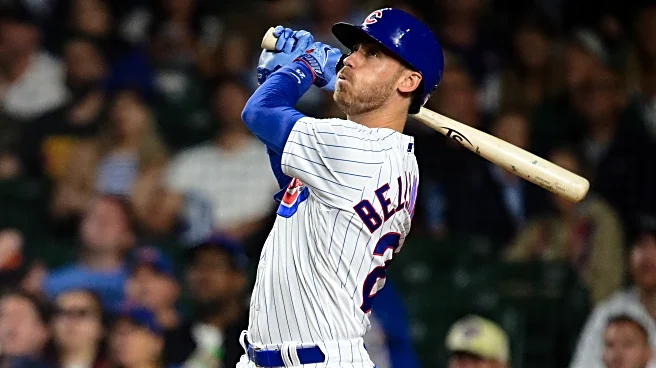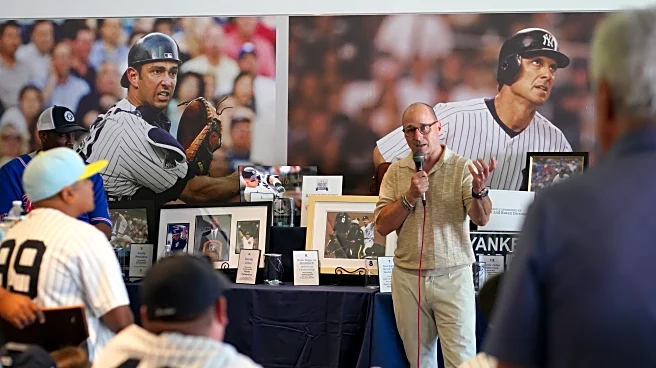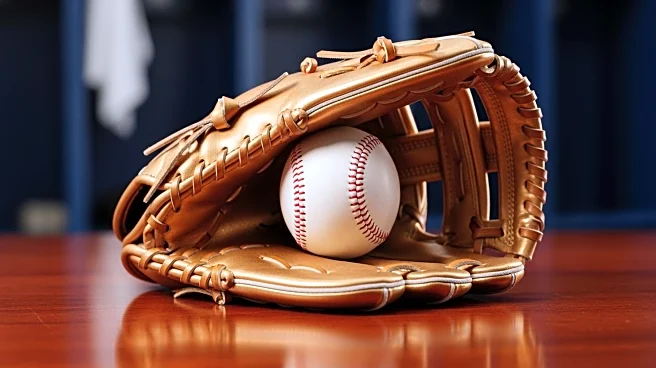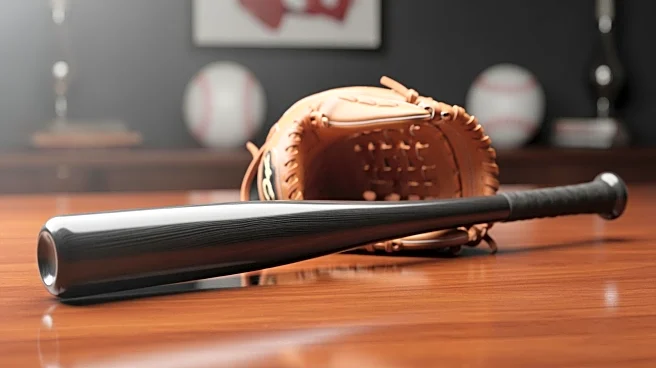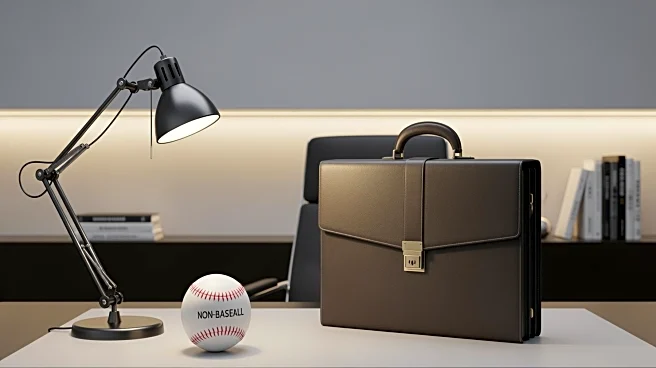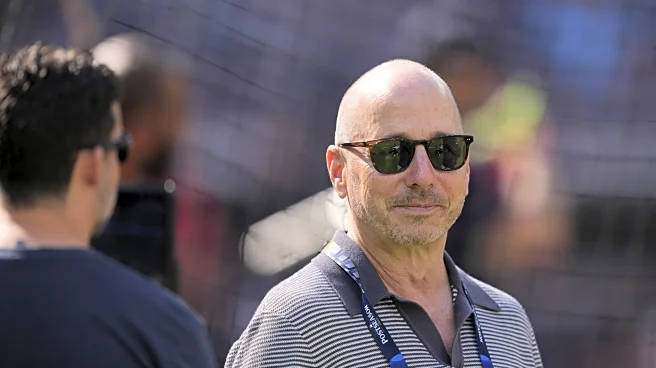Good afternoon everyone, it’s time to dive back into the mailbag and answer some of your questions. Remember to send in your questions for our bi-weekly call by e-mail to pinstripealleyblog [at] gmail
[dot] com.
jmack175 asks: Are we really going to roll with McMahon at the hot corner for the next two years with his 189 strikeouts per year for $16 million per? I thought he was a stop-gap but the narrative seems to be he’s this amazing player who we are lucky to have because he will make a highlight film play with the glove but then is in fact one of the worst hitters in baseball, at a position known for offense. Is McMahon really Cashman’s answer at third?
McMahon is still a stop-gap solution, at least in my eyes. He’ll be around for 2026, and at a lower luxury tax hit than the $16 million he’s getting paid due to how low his salary was earlier in his contract (the total hit will be around $11.6 million). For that price, it’s not a bad solution, but not an ideal one either. He’s an excellent defender who can hold his weight against right-handed pitchers, meaning they’ll platoon him with a right-handed hitter for those lefties where he falls off a cliff at the plate. So long as the offense is coming from somewhere else, that’s a decent solution for what has otherwise been a black hole position for a while in New York, and they can look around for a big bat to add in 2027 and beyond. The problem is that if Anthony Volpe doesn’t rebound from his shoulder injury and looks more like what he showcased in 2025, then your entire left side of the infield is underwater offensively, putting the onus on the rest of the field to pick up the slack and support Aaron Judge.
They have two quality bats in Jazz Chisholm Jr. and Ben Rice who should fit the part on an everyday basis, and they will either go after a reunion with Cody Bellinger or pursue an upgrade to ensure there’s a third member of the lineup up for the task, but there’s still some question marks to fill out before they can afford to lock in any more players of McMahon’s style. Catcher is one area where sacrificing defense for offense is traditionally accepted, but Austin Wells showed promise in both areas at one point. The offense has become extremely streaky there, but the defense is elite enough to ensure that he’s still in the mix — if he remains a power bat with little else to offer though, the Yankees’ front office will have to nail the outfield to ensure a balanced lineup. This offseason has the players available to do just that, so taking the safe bet on McMahon and chasing the big bats for other positions could work out.
LocalBlueWhaleRuinsEverything asks: How do you think the possibility of a lockout next year affects the Yankees’ offseason plan this year? The Idiot that said, “Harper is coming” asks: Is there truth to the story that Hal has a mandate where he wants to drop payroll below $300M for the 2026 season? We all know he’s said he doesn’t think a team NEEDS to spend $200M and then again $300M to win, but is this an official mandate now? If so, there’s a LOT of holes to fill with very little money to spend.
I’m combining these two questions because I think they go towards the same point, unfortunately. A lockout is almost assuredly coming after the 2026 season, as the storm between the union and owners has been brewing ever since the ink dried on the last CBA. Aside from the Dodgers and Mets, who have thrown caution and money to the wind, the rest of the big spenders have been cautious about the ebbs and flows of their payrolls leading up to this moment. Hal Steinbrenner has had his eye on that under $300 million mark for some time, just as he has in the past when $200 million was the standard-bearer for the ultra rich teams, and while the economics of the game seem to indicate that it’ll be impossible to impose a hard cap right away in 2027 many teams are at least gearing up for the possibility of abiding by it.
I don’t believe it is a hard mandate that the team has to get under $300 million in payroll this offseason, but if the right circumstances lead to the top-tier free agents getting a decent bidding war going, Steinbrenner will almost certainly call for the backup plan this year to be less flashier than their response to losing out on Juan Soto, where they dropped a boatload of money on Max Fried and traded for Bellinger. Is it the right response to coming short again with one of the game’s greatest talents (who just won his third MVP, by the way) in the middle of his prime and with the clock ticking to win it all with him? Absolutely not — from a competitive standpoint. But competing for Hal has always meant being in the mix to win it all, and not going all-in to win it all, so there’s nothing new there.
BetweenthePinstripes asks: Which potential offseason acquisitions could help the Yankees further emphasize the splitter as a key weapon on their pitching staff?
This year became the year of the splitter in the postseason, and talk of the pitch’s resurgence peaked with its deployment in the World Series. The cycle of pitching trends and pitch selection is always a fascinating one to me, as one great pitcher making a change can inspire the entire league to adapt and reconsider their repertoire at a moment’s notice. To that end, the Yankees’ pitching coaches are always one of the leaders in the league on modernizing their staff, and while they mostly need bullpen arms the most intriguing pitcher they could go after that fits this new trend is Tatsuya Imai. Josh recently wrote about him, and I’d recommend giving his words a look over mine if you’re interested in his development and arsenal specifically, but in terms of balancing the likelihood of an acquisition and the impact that player could bring to the team I think Imai hits the sweet spot for an upgrade that the team legitimately goes after this offseason. They have interest in him, and while he won’t come over for nothing he’s still likely affordable enough for the Yankees to add to their rotation and still address the outfield like they need to.







